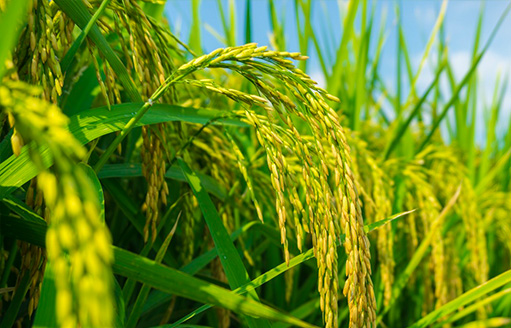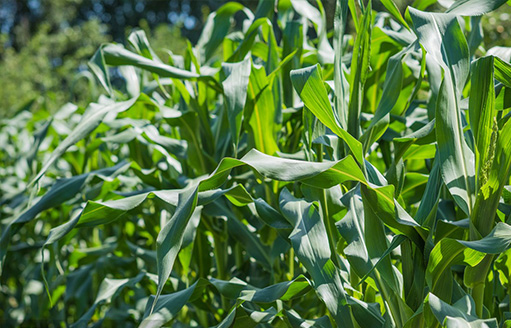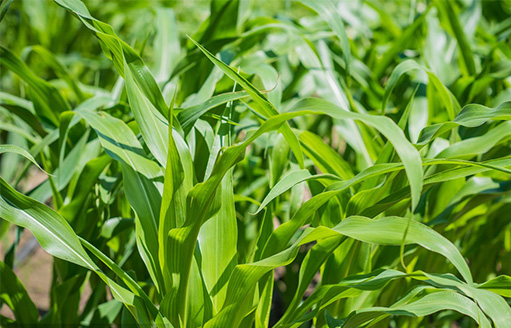These guidelines are formulated to scientifically guide the prevention and control of rodent infestation in agricultural areas after heavy rain disasters, and ensure the safety of the living environment and agricultural production in agricultural areas.
1. Scope of application
This opinion is applicable to agricultural areas that are continuously rainy in summer and affected by storms, typhoons, floods and other disasters. In practical application, appropriate adjustment and optimization can be made according to local meteorological conditions, facility conditions, and monitoring of rat density.
2. Prevention and control measures
(1) Agronomic measures for prevention and control. To coordinate the relationship between various elements in the ecosystem, to create ecological conditions conducive to crop growth and not conducive to the habitat and growth of rodent population. After the heavy rain disaster, the accumulation caused by rain erosion on the land near the village should be removed in time, and the dead branches and rotten leaves around the houses and fields and livestock carcasses should be removed, so as to reduce the food sources of pests in agricultural areas and destroy the habitat of pests.
(2) Rodent control technology of poison bait station. Locally sourced bamboo tubes, PVC pipes, tiles and other materials to make poison bait stations, or directly purchase special poison bait stations for rodent prevention and control. In front of the house, behind the house, the ridge or the ditch, put 2-3 poison bait stations per mu, each poison bait station put 20-30 grams of poison bait; The farmhouse is placed 1-2 according to the size of the area, and the focus is placed in the front of the house and the back of the house, the granary, the livestock circle and other places where mice often move, with bricks and other things fixed, and each poison bait station is placed 20-30 grams of poison bait. After 3 days, the poison bait should be supplemented according to the feeding condition of the rodent.
(3) comprehensive rodent control technology. According to the density of rodents in the affected farmhouses and fields after rainstorm or flood, a variety of rodent control measures should be adopted to reduce the rodent density below the control threshold. Physical rodent control measures such as rat traps, rat cages and sticky rat boards can be adopted in the residential areas of farmers, and rodenticide poison bait can be used to kill them. The first generation of anticoagulant rodenticide and other finished bait can be selected according to the local dominant rat species in the farmland (rodenticide, rodenticide, etc.) or the second generation of anticoagulant rodenticide (bromadiolone, bromofarin, fluvofarin, etc.), and the one-time saturated feeding bait can be used according to the rat density. In areas with a rat density of 5%-10%, the feeding bait should be 100-200 grams per mu. The feeding amount can be calculated according to the rat density value of 10%´ 200g. When anticoagulant rodenticide is used to kill rats, special antidote vitamin K1 should be equipped.
3. Post-prevention and control investigation
After the emergency prevention and control of rodent damage caused by heavy rainfall, the change of local rodent density was continuously monitored by conventional methods. For areas with poor control effect, find out the reasons in time, and rotate the agents if necessary. In areas where conditions exist, triptolide bait with dual effects of killing and sterility can be used to kill rats, with 100-200 grams per mu. For areas with high rat density, chemical rodenticide bait can be used in combination with the sterile agent curcumenol bait, and 100 grams of chemical rodenticide bait and 100 grams of sterile bait can be used at the same time per mu. After chemical rodenticide is used to rapidly reduce the rat density in the field, sterile agent can be used to control rat reproduction and reduce the reproductive rate, so as to achieve sustainable rodent control.
4. Precautions
(1) Before the prevention and control of rodent damage, do a good job of drug application environment inspection, safety publicity and other work, to ensure the scientific and safe layout of rodent trapping and rodent control devices, to avoid causing human and animal injuries, poisoning and other incidents.
(2) In the prevention and control of rodent damage, it is appropriate to choose to put rodenticide poison bait in the evening, lay rat traps or sticky rat boards and other instruments. Dosing operators should wear necessary protective masks and gloves, avoid touching the rodenticide with bare hands, and keep the remaining poison bait properly.
(3) After rodent control, timely monitoring and recording of rodent density changes, evaluation of rodent control effects, and ensure that the rodent density is reduced to below the control threshold. When dead rats are found, they should be buried intensively and deeply in time on the basis of taking good self-protection measures.







